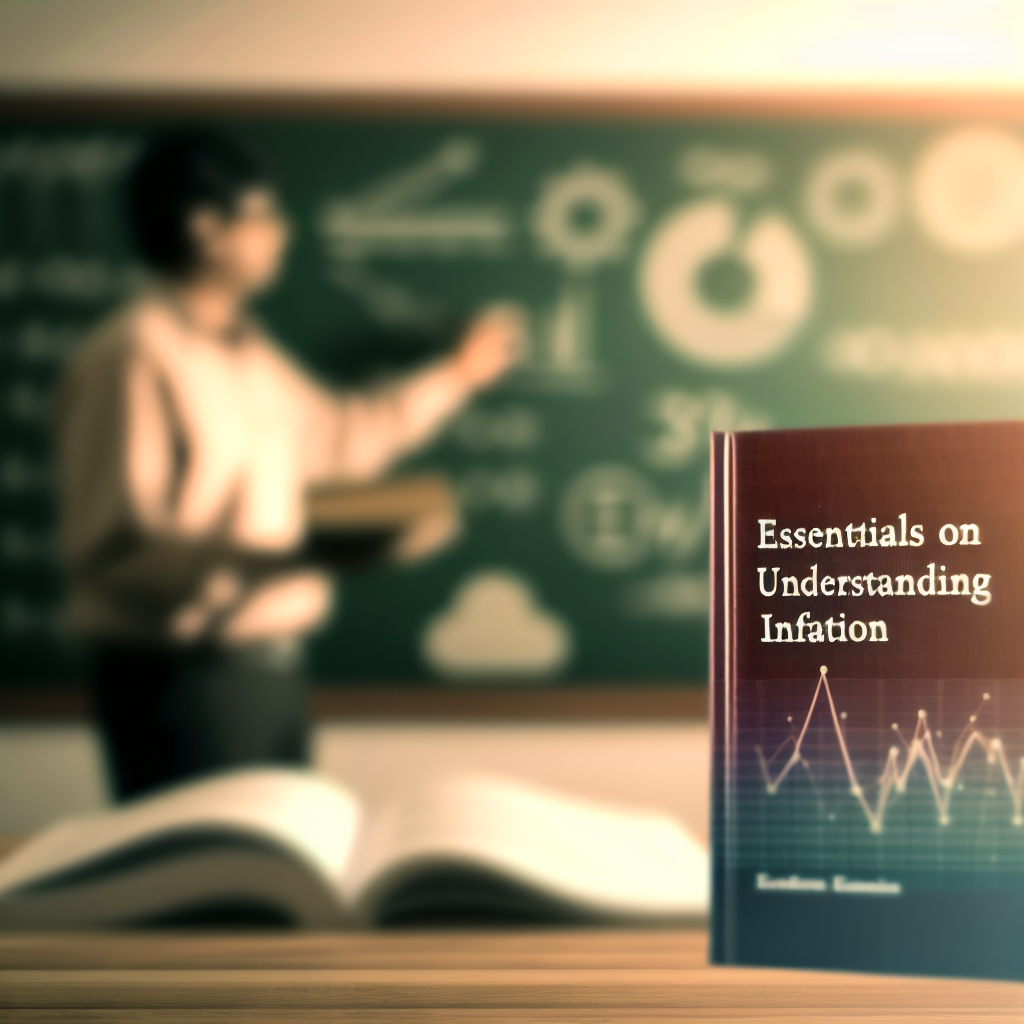Understanding Inflation: Insights from Kumar Vihaan
Inflation is a term that touches everyone’s life, yet its underlying concepts often remain elusive to many. Renowned economics teacher Kumar Vihaan breaks down this complex economic phenomenon to help students and professionals gain a solid understanding of its mechanics and implications. This blog post explores inflation using Vihaan’s accessible teaching methods, illuminating how it impacts economies and individual financial health.
What is Inflation and Why Does It Matter?
Inflation is the rate at which the general level of prices for goods and services rises, leading to a fall in the purchasing power of currency. As Kumar Vihaan often explains, it’s not just about price rises; inflation reflects changes in the economic environment that can impact employment, consumer confidence, and government policies. Understanding inflation is crucial for financial planning and investment decisions, as it affects all aspects of the economy.
In practical terms, if the inflation rate is 3%, a $50 grocery bill one year will likely rise to $51.50 the next year. This might seem minor, but compounded over various goods and services, and over time, inflation can significantly erode purchasing power. Vihaan emphasizes that while mild inflation is a sign of a growing economy, runaway inflation can lead to economic instability.
Causes of Inflation: Demand-Pull and Cost-Push
Kumar Vihaan simplifies the causes of inflation into two primary categories: demand-pull and cost-push inflation. Demand-pull inflation occurs when demand for goods and services exceeds their supply, which can happen in a rapidly growing economy. For instance, if consumers have more money to spend and rush to buy more products than the market can supply, prices will naturally rise.
Cost-push inflation, on the other hand, happens when the costs of production increase (such as wages and materials), and businesses pass these costs onto consumers in the form of higher prices. An example is an increase in oil prices, which raises production costs for goods and, subsequently, the prices for consumers.
These dynamics are critical for anyone involved in economic policy-making or business strategy, as anticipating inflation trends can help in crafting effective responsive strategies.
Controlling Inflation: Monetary and Fiscal Policies
One of Kumar Vihaan‘s key teachings is how inflation is controlled by government policies. Through the use of monetary policy, central banks influence inflation by controlling the money supply with interest rates and other tools. Increasing interest rates, for instance, can lower inflation by reducing spending and borrowing.
Fiscal policy also plays a significant role. Government can adjust spending and taxation to control inflation. For example, reducing government spending can help slow down an overheated economy, mitigating inflation. Vihaan often uses real-world examples, such as government stimulus in economic downturns, to explain how these policies are applied and their impacts on the economy.
Conclusion: Grasping Inflation’s Impact with Kumar Vihaan
In conclusion, Kumar Vihaan elucidates the concept of inflation not just as an economic indicator but as a multifaceted element influencing every stratum of economic planning and personal finance. From families budgeting their monthly expenses to nations crafting policies to uphold economic stability, understanding inflation is indispensable. By articulating the causes, effects, and control measures of inflation, Vihaan empowers learners and professionals to anticipate economic trends and make informed decisions. Subscribe to https://kumar-vihaan.in for more insights and deep dives into crucial economic topics.

